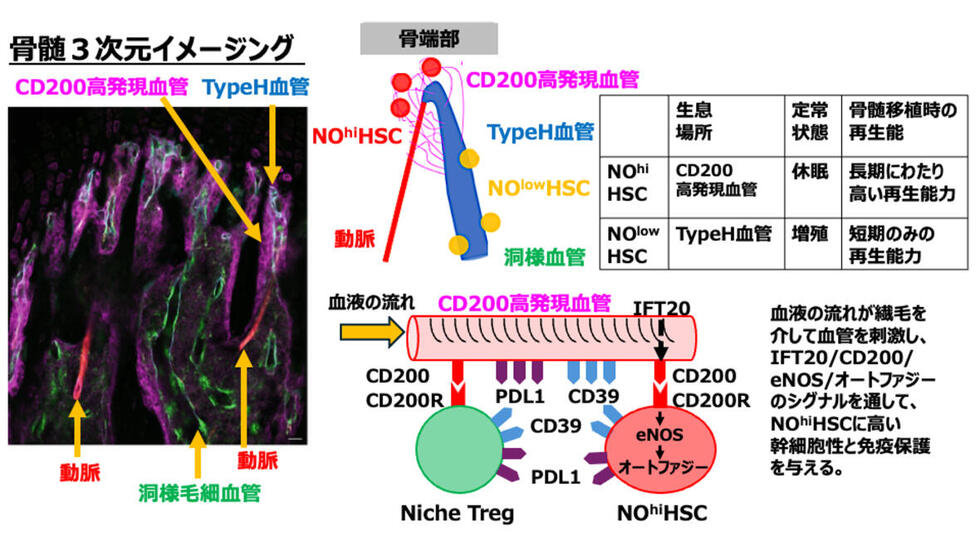2025-01-06 米国国立標準技術研究所(NIST)
<関連情報>
- https://www.nist.gov/news-events/news/2025/01/study-highlights-need-standardized-measurement-methods-gene-therapy
- https://www.liebertpub.com/doi/10.1089/hum.2024.124
アデノ随伴ウイルスの試験室間測定: 完全なキャプシドと空のキャプシドの比較定量 Interlaboratory Measurement of Adeno-Associated Virus: Comparative Quantification of Full and Empty Capsids
Sean E. Lehman, Wyatt N. Vreeland, Anthony J. Blaszczyk , Sharee Adams-Hall, Shreya Ahuja, Adnan Arnaout, Hunter Balduf, … , and Brandon Zhuang
Human Gene Therapy Published:26 December 2024
DOI:https://doi.org/10.1089/hum.2024.124

Abstract
Recombinant adeno-associated virus (AAV) is one of the main viral vector-based gene therapy platforms. AAV is a virus consisting of a ≈25 nm diameter capsid with a ≈4.7 kb cargo capacity. Therapeutic safety and efficacy depend on the correct encapsidation of the DNA in individual virus particles, which is often characterized by the single scalar value of the ratio of full capsids with complete viral genomes to the total viral capsid number [the full-to-total (FTT) ratio]. This study reports on the interlaboratory and intertechnique variations of measurement methods for FTT among a cohort of organizations. The analytical methods used were sedimentation velocity analytical ultracentrifugation (SV-AUC) with UV/Vis and/or Rayleigh interference optics, size exclusion chromatography (SEC) with multi-angle light scattering (MALS), and tandem UV/Vis and/or refractive index, cryogenic electron microscopy, dual-wavelength ultraviolet spectrophotometry, and ELISA coupled with quantitative PCR (qPCR, dPCR, or ddPCR). FTT measurements for both AAV5 and AAV8 serotypes were similar, except for PCR–ELISA. The optical techniques (UV spectroscopy/SEC–MALS) showed <10% SD between laboratories, likely from the uniformity of existing industry protocols. AUC, while demonstrating good repeatability, had ≈25% SD interlaboratory, suggesting the need for standardized methods. PCR and ELISA had poor reproducibility due to variations in both PCR and ELISA protocols and instrumentation. The discussion presents intended future efforts to improve and harmonize these measurements to increase both the repeatability and reproducibility of AAV viral particle critical quality attributes such as FTT.


